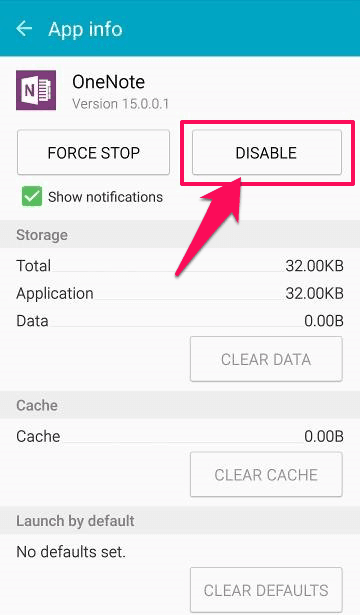How To Stop A Program From Starting On Startup
Microsoft has edited the oh so important MSConfig program from Windows 8 and moved one of it's main functions; changing the startup programs. Don't worry though, we found out where they moved it to. Using this setting you can change what programs automatically run when Windows 8 starts. I'm sure you can see how that would be helpful, so let's get started. Open the Charms menu by hovering over the bottom or top right corners of your screen.

Search for Task Manager and open it. Select the Startup Tab. Right click any app in the Startup menu and select Disable. David Cogen is a Founder/CEO of, the popular site for wireless how tos, reviews, and news. David loves technology and the only thing he loves more than technology is teaching it to others.

Microsoft has edited the oh so important MSConfig program from Windows 8 and moved one of it's main functions; changing the startup programs. Don't worry though, we. %AppData% Roaming Microsoft Windows Start Menu Programs Startup. Highlight any program(s) you want to prevent from starting automatically. I'm willing to bet that if you were to restart your computer right now, a number of programs would start themselves up automatically, programs you're not really. How to Disable Windows Startup Programs. If you've noticed a program starting. Here's how to use Task Manager to start and stop programs. Electro Cam 6000 Manual.
Check out for all your,,, and how tos.
I'm willing to bet that if you were to restart your computer right now, a number of programs would start themselves up automatically, programs you're not really interested in using and but presumptuously assume they should be running the moment your computer boots. You probably handle this by taking a minute or two to quit those programs that get in your way or maybe just ignore or minimize them. This is effective, but a waste: A waste of the time it takes to fuss with them, and a waste of system resources--memory and processor cycle. Once you know how to deal with those pesky programs, however, you can deal with them once and never again.
Phase 1: identify programs that start automatically First, of course, you have to figure out which programs are starting automatically. If you don't know, restart your computer (bookmark or save this article first) and make note of the names of those programs that appear by themselves. Many programs only run in the 'background' instead of appearing as a window on your screen, but still take up memory and processor cycles, so also check in the notification area (the area on your taskbar next to the clock--click on the little arrow to reveal all of the icons). Each icon represents a program--if you don't recognize the icon, hold your mouse over it for a moment and a tooltip with the program's name may appear; if it doesn't, try clicking, double-clicking, or right-clicking for clues. You may encounter unfamiliar and mysterious icons.